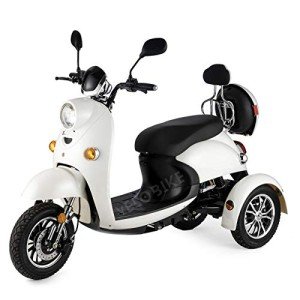Velcro, a name that has actually practically ended up being associated with hook-and-loop fasteners, has transformed the way we consider attaching products. Often a staple in numerous markets and families, Velcro offers a basic yet reliable service to secure things without the requirement for buckles, buttons, or zippers. This short article delves into the origins, mechanisms, applications, and advantages of Velcro in addition to attending to some often asked questions.
Velcro was invented in the late 1940s by Swiss engineer George de Mestral. After a hunting journey in the Alps, Mestral became amazed by the burrs that adhered to his pet's fur. Upon closer evaluation, he understood they functioned through a system of small hooks that captured anything with a loop, consisting of fabric and fur. Acknowledging the potential of this natural attachment system, Mestral embarked on a journey to recreate it in an artificial form. By 1955, he had actually patented his innovation, branding it "Velcro," a combination of the French words "velours" (velvet) and "crochet" (hook).
Velcro consists of 2 different pieces: a hook side and a loop side. These two components interlock when compressed, creating a strong bond that can be easily released with a basic pull. The performance of Velcro can be broken down into these primary parts:
| Component | Description |
|---|---|
| Hook Side | This side includes small hooks that catch and keep loops. |
| Loop Side | This side includes soft loops developed to accept hooks when gotten in touch with. |
Velcro has actually discovered application across a myriad of sectors, consisting of:
Fashion Industry
Medical Field
Automotive and Aerospace
Household Items
Industrial Use
The appeal of Velcro can be credited to a number of benefits it provides over standard securing techniques:
While Velcro is beneficial in numerous contexts, there are some limitations to be knowledgeable about:
Yes, Velcro can be made from waterproof materials, making it ideal for outdoor and marine applications.
Definitely! Velcro is created for duplicated use, and lots of products can be resealed and opened numerous times.
Cleaning Velcro is basic. You can utilize a lint roller or a soft brush to remove debris. For stubborn dirt, it may be rinsed gently with water.
In lots of applications, yes, Velcro can efficiently replace zippers, particularly in instances where quick attachment and loosening are required.
Yes, there are many types, including differing widths, colors, adhesive strengths, and materials designed for different applications (i.e., high-temperature, outdoor, etc).

Velcro has shown to be a versatile and innovative securing option that has infiltrated numerous sectors, enriching both everyday life and commercial applications. Its ability to provide a trustworthy and user friendly technique of securing makes it an enduring part of modern style. From casual garments to sophisticated medical applications, Velcro continues to support its credibility as a staple attachment technique for countless usages. Whether it's for the fashion lover or an expert in the medical field, Velcro remains an unrecognized hero worldwide of fastening technology.
By reinventing how we link and secure products, Velcro is a testament to the power of ingenious thinking and simpleness in design. As technology advances, we can only expect much more creative applications for this impressive innovation in the future.
No Data Found!

